In an increasingly unpredictable world, disaster preparedness has become paramount to ensuring your safety and survival. This article presents an astute focus on the “10 Essential Tools for Disaster Preparedness.” Herein, you’ll gain valuable insights into the relevance of these tools, their historical roots, and how current trends are shaping their use today.
This piece is not just laden with easily-digestible key concepts but also showcases detailed analyses of relevant case studies, expert comparisons of varied perspectives, and thought-provoking impact assessments. You’ll also appreciate compelling discussions on future implications of these tools and trends, and above all, the article provides resources to further enlighten you on this critical topic. Armed with these tools, you can be one step ahead, ready to face any emergency.
Table of Contents
10 Essential Tools for Disaster Preparedness
Essential First Aid Kit
A comprehensive first aid kit is a must in anticipation of unforeseen medical emergencies. It serves as an initial response to treat minor injuries and ailments. It can also provide a means for stabilizing more severe conditions until professional medical assistance arrives.
Importance of a First Aid Kit
Owning a first aid kit is akin to having a lifeline in moments of crisis. It equips you with the fundamental tools necessary for assessing and treating injuries. Furthermore, your readiness in utilizing these tools can significantly enhance the chances of recovery or survival for the injured.
Items to Include in a First Aid Kit
Your first aid kit should contain bandages, antiseptic wipes, medical tapes, gloves, tweezers, scissors, and a digital thermometer. Aspirin, ibuprofen, and antihistamines are also crucial to handle pain, fever, and allergic reactions, respectively. Specific medical needs, such as personal medicines or devices, should also accompany your kit.
Knowledge and Training in First Aid
Possessing a first aid kit is only half the battle won. Being able to use the tools effectively is equally critical. First aid training prepares you to make calm, swift decisions in urgent scenarios, transforming you from a panicked bystander into a potential lifesaver.
Water and Food Supply
Maintaining an ample supply of food and water is non-negotiable for survival during disasters. These necessities ensure that you remain nourished while awaiting external aid after all conventional sources have been exhausted.
Significance of Hydration and Nutrition During Disasters
Hydration and nutrition are essential components of disaster preparedness. Clean water aids in essential bodily functions, such as digestion and temperature regulation, while nutrient-dense food provides the energy needed to cope with physically exhaustive conditions.
Recommendations for Emergency Food and Water Storage
A supply of bottled water, ready-to-eat canned goods, and non-perishable, high-energy foods are recommended for emergencies. The exact quantity would depend on the number of individuals and the expected duration of the crisis.
Food and Water for Special Dietary Needs
Special dietary needs need particular attention during emergencies. Where necessary, replace conventional emergency food with gluten-free or allergy-free alternatives and consider storage of special baby foods and formula if required.
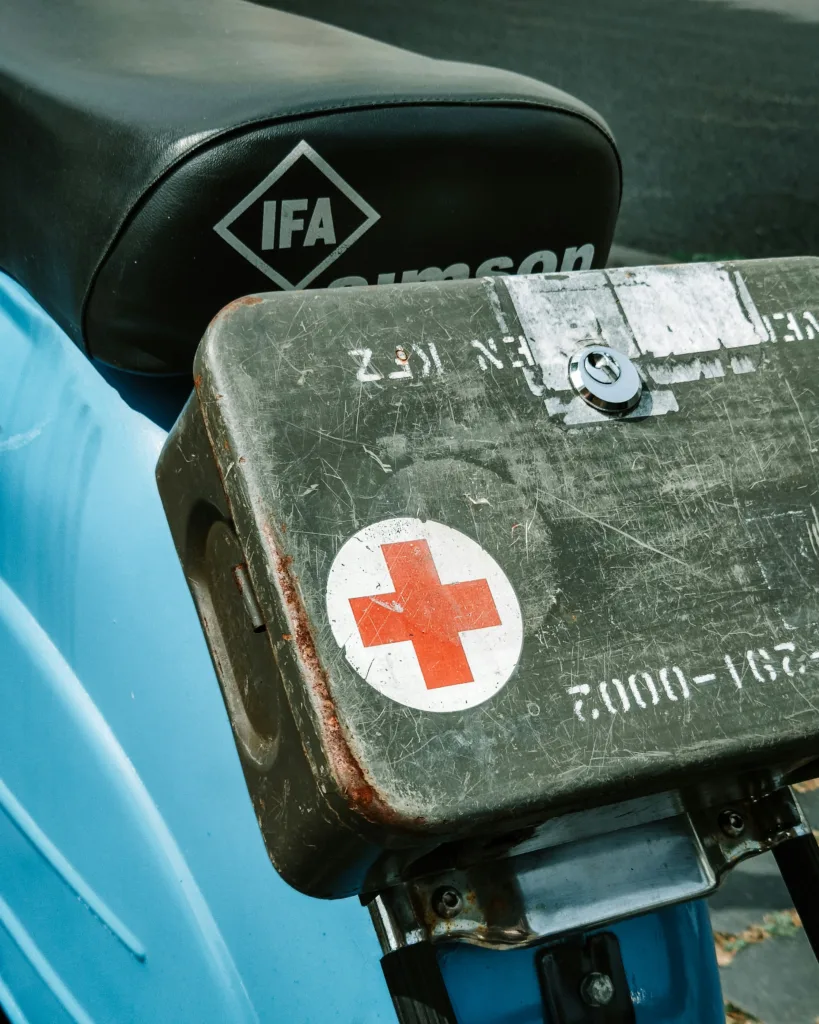
This image is property of images.unsplash.com.
Communication Tools
In the face of a disaster, communication tools become a lifeline, connecting you to the outside world and assuring your wellbeing.
Understanding the Need for Reliable Communication During Emergencies
Reliable communication during emergencies is crucial for disseminating necessary information, reporting occurrences, and reaching out for help. Effective communication facilitates coordinated responses, potentially enhancing survival rates.
Emergency Radios and Satellite Phones
Emergency radios and satellite phones can bypass standard networks that could be compromised during a disaster. They enable direct access to emergency channels, updates, and potential rescuers.
Utilizing Mobile Apps for Disaster Communication
Various mobile apps specialize in disaster communication, providing real-time alerts, SOS signals, and a means to stay connected with loved ones. They can supplement traditional communication tools, particularly when network connectivity remains operational.
Flashlights and Lanterns
Emergency lighting solutions like flashlights and lanterns are indispensable for disaster preparedness, providing illumination when conventional power sources fail.
Necessity of Proper Illumination in Disaster Responses
In a post-disaster scenario, darkness impairs visibility, making navigation difficult and amplifying threats. Proper illumination consequently mitigates risks, simplifies tasks, and provides a semblance of normalcy amid chaos.
Comparison Between Various Types of Emergency Lighting
Flame-based options, like candles and kerosene lamps, are effective but pose fire hazards. Battery-operated flashlights or lanterns present safer, more versatile alternatives.
Power Supplies for Emergency Lighting Devices
Spare batteries or a portable power bank can power your lighting devices in the long term. Opt for devices with energy-efficient specifications to maximize battery life.
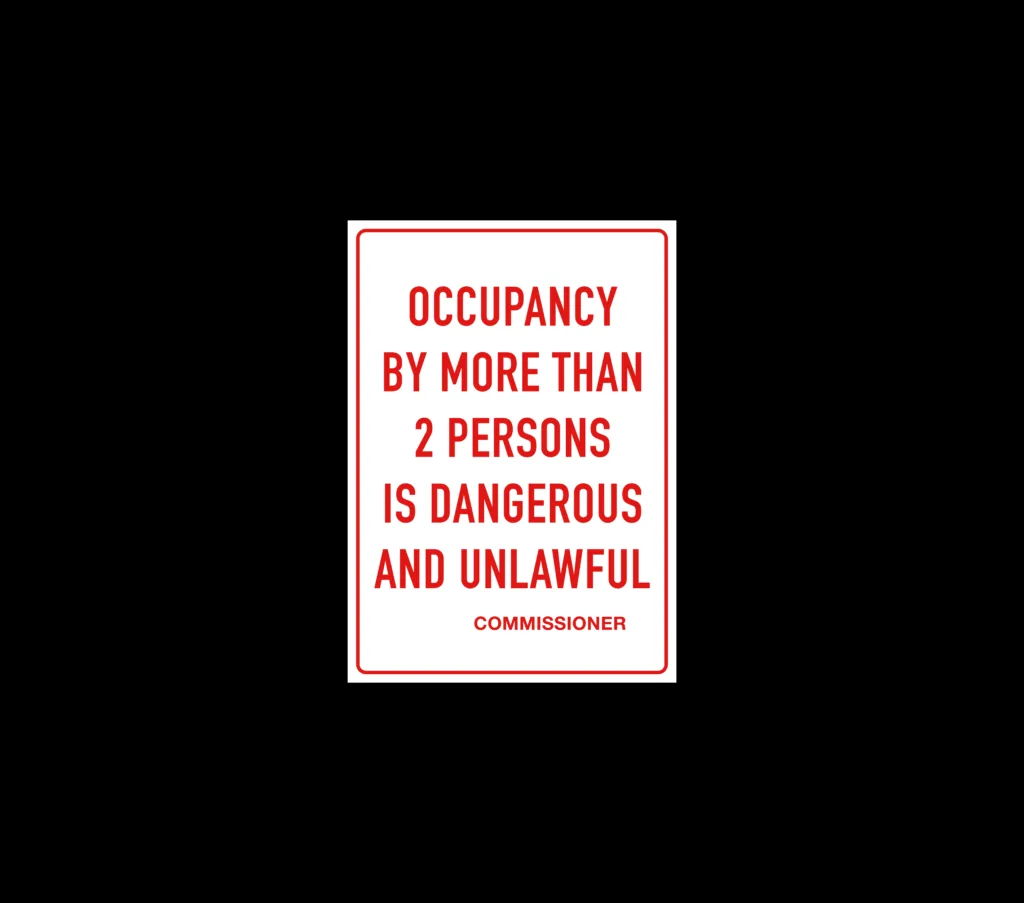
This image is property of images.unsplash.com.
Power Generators and Batteries
An alternate power source like a power generator or batteries can restore essential services during a power outage caused by a disaster.
Significance of Alternate Power Sources
Alternate power sources are vital for powering critical devices like communication equipment, medical appliances, and heating or cooling systems. They also maintain the functionality of essential household appliances, supporting your survival strategy.
Solar Power Generators
Solar generators harness renewable solar energy, converting it into a usable form of electricity. They are silent, emission-free, and have a virtually unlimited fuel source as long as they have access to sunlight.
Long-Term Storage and Safety of Batteries
Proper battery management is quintessential for emergency preparedness. Store batteries in a cool, dry place and routinely replace them before they expire. Never mix old and new batteries, as doing so can lead to leakage.
Survival Gear
Your survival gear serves as a means for self-sustainability, enabling you to brave through various challenges that could arise in a disaster scenario.
Criticality of Basic Survival Tools
From navigating through treacherous landscapes to building temporary shelters, basic survival tools can bolster your resilience during emergencies. Their usefulness extends beyond disasters, making them a worthy long-term investment.
Choosing the Right Survival Knife
A versatile survival knife is essential for a variety of tasks – from food preparation to self-defense. Look for a sturdy, full-tang design with a comfortable grip. The blade should have a sharp edge, capable of maintaining its sharpness with regular use.
Emergency Blankets with Thermal Capabilities
Emergency thermal blankets efficiently conserve body heat, mitigating the risk of hypothermia in frigid conditions. They are compact, lightweight, and reusable – properties that enhance their value in survival situations.
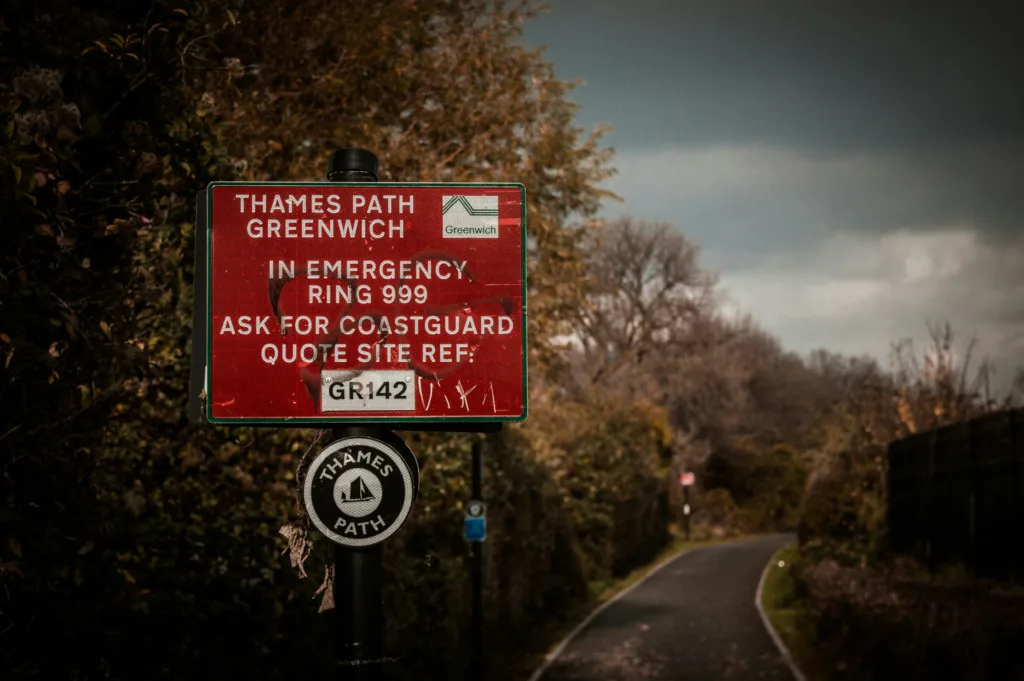
This image is property of images.unsplash.com.
Documentation and Personal Identification
In emergencies, personal identification and essential documents are vital to establish identity, access services, and make insurance claims.
Importance of Record Preservation During Disasters
Loss of critical records can result in further chaos post-disaster. Documentation preservation assures your identity and substantiates your ownership and entitlements, allowing for smoother recovery.
Keeping Digital and Hard Copies of Essential Documents
Store essential documents – like passports, driver’s licenses, and property papers – in a waterproof, fire-resistant safe. For added protection, maintain digital backups on password-protected cloud platforms.
Keeping Personal Identification and Contact Information
Maintain updated personal identifiers like photographs, and important contact details – such as emergency helplines, family contacts, and medical providers. These can expedite help, reunite separated families, and facilitate quicker rescue efforts.
Emergency Shelter Equipment
Emergency shelter equipment provides the much-needed protection from harsh weather conditions and potential adversaries.
Relevance of Having a Temporary Shelter During Crises
A temporary shelter is akin to a haven during a crisis. It offers protection from harsh environmental elements, creates a barrier against potential threats, and provides a private, secure space for rest and recuperation.
Selection of Appropriate Tents and Sleeping Bags
Look for a weather-resistant, tough, lightweight, and easy-to-assemble tent that fits your entire group. Combining this with a robust, insulated sleeping bag can significantly enhance comfort and thermal preservation.
Portable and Stable Shelter Solutions
Portable shelters, like pop-up tents or dome tents, are easy to set up and can be relocated if necessary. Stable shelters, like tube tents, are more durable, providing robust protection against wind and rain.
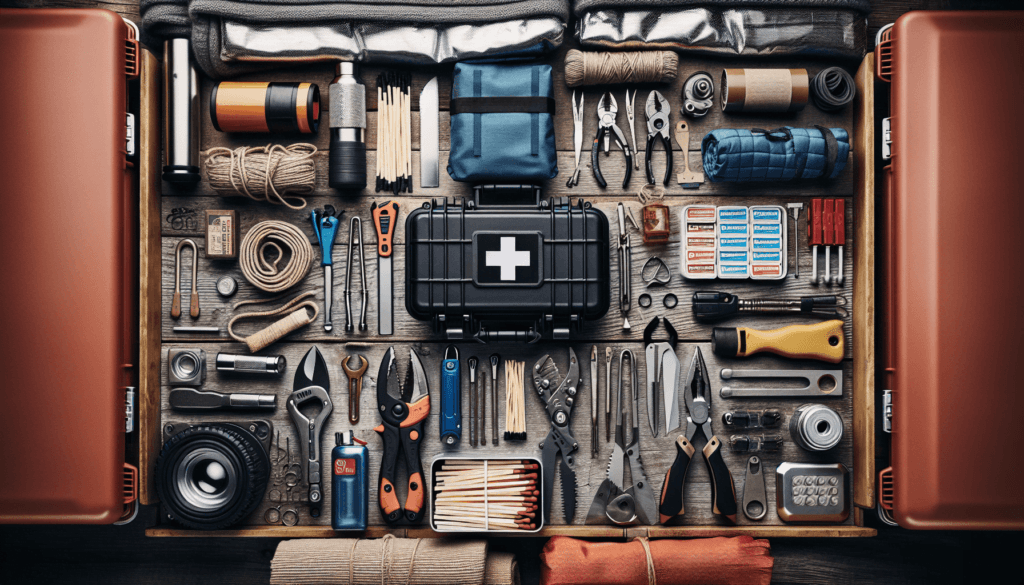
Personal Hygiene Supplies
In disaster scenarios, personal hygiene supplies keep diseases at bay and help sustain the morale of survivors.
Acknowledging the Role of Hygiene in Maintaining Health
Poor hygiene conditions can cause disease outbreaks in disaster-stricken areas. Maintaining routine cleanliness with the help of personal hygiene supplies can prevent this, promoting healthier living conditions and reducing the strain on medical services.
Essential Personal Care Items for Emergency
Hygiene kits should include personal care items such as toothbrushes, toothpaste, soap, hand sanitizers, feminine hygiene products, and toilet paper. Personal wipes and waterless shampoos can also prove useful in scenarios with limited water availability.
Storage and Disposal of Hygiene Products in a Disaster Scenario
Storing hygiene products in a dry, accessible location ensures their longevity and usability when needed. Proper disposal is also vital to prevent contamination and the spread of diseases.
Emergency Evacuation Plans and Maps
Having an emergency evacuation plan and maps prepares you to react promptly when disasters strike.
Understanding the Importance of Advance Evacuation Readiness
An evacuation plan outlines the quickest, safest routes to reach a safe location. It also details the steps to secure your property and ensures that everyone is accounted for.
Designing an Emergency Evacuation Plan
When designing an emergency evacuation plan, detail every route and potential obstacles, assign responsibilities, establish a rendezvous point, and conduct regular drills to guarantee familiarity and readiness.
Maintaining Updated Maps and Information About Evacuation Routes
Roads and landscapes change over time; thus, it is crucial to keep your evacuation maps and route information updated. Include alternate routes to accommodate unexpected changes or road closures.
By proactively preparing for disaster scenarios, you can significantly enhance the chances of survival for yourself and your loved ones. Remember that knowledge, preparedness, and swift decision-making remain the keys to survival during any disaster. Stay safe, stay prepared.
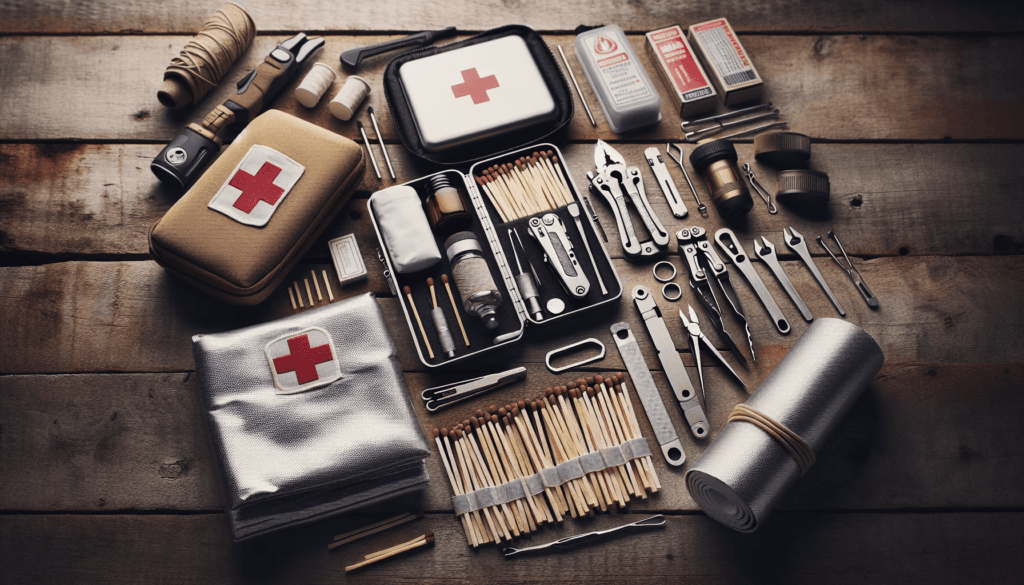
Related site – The Top 10 Tools for Earthquake Preparedness

